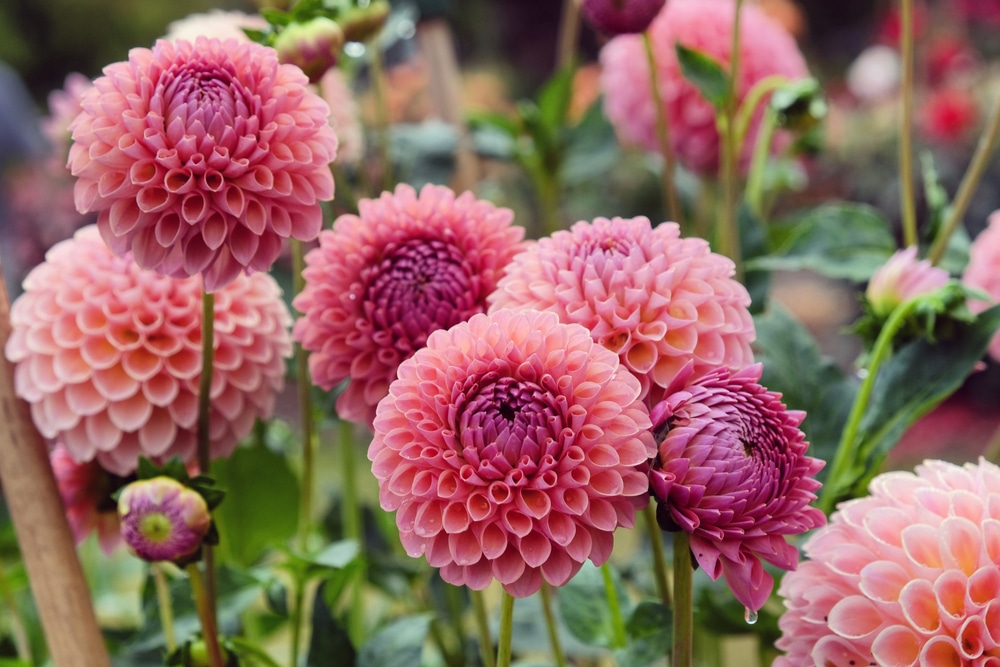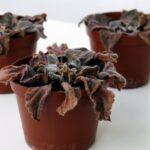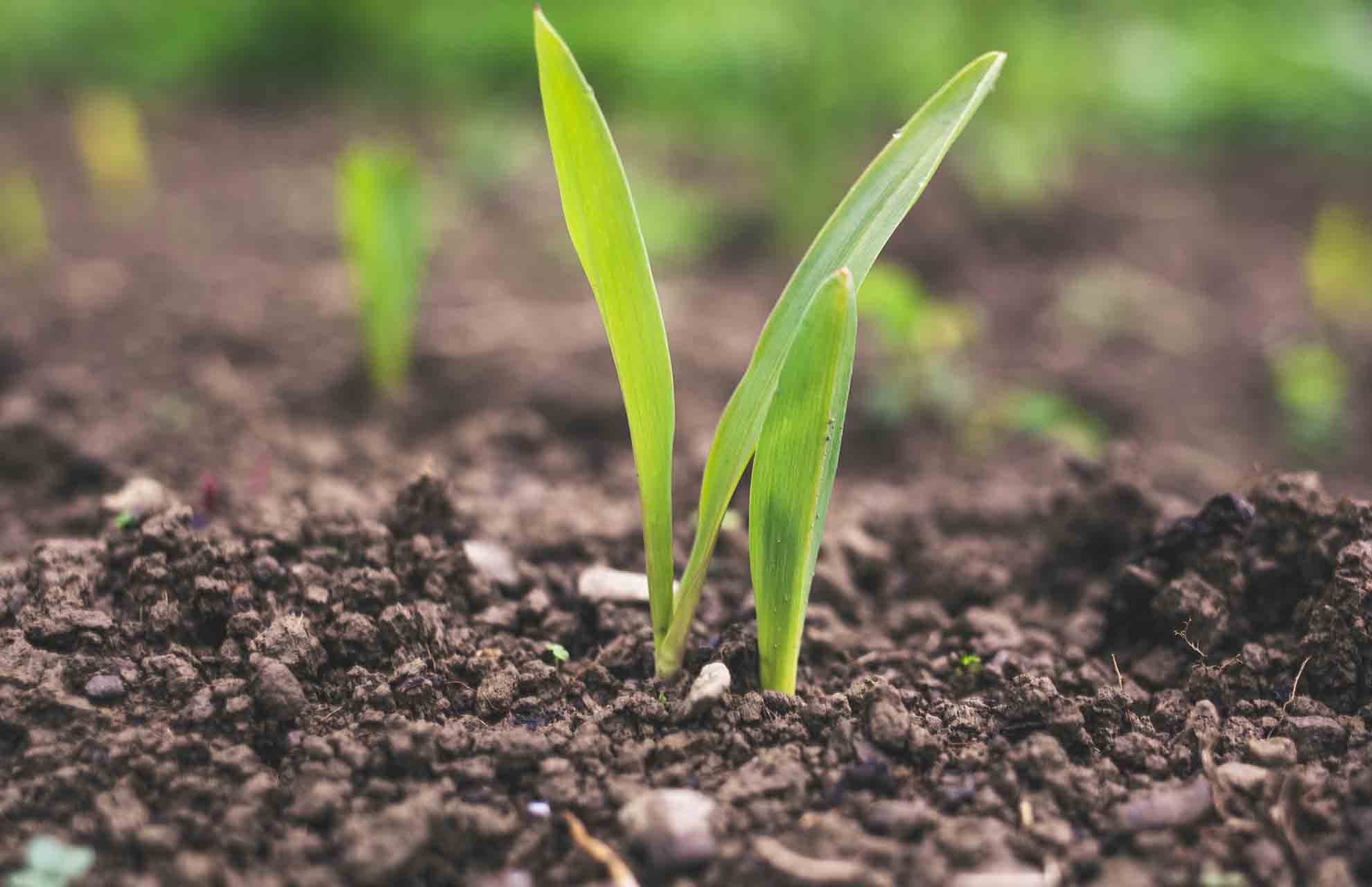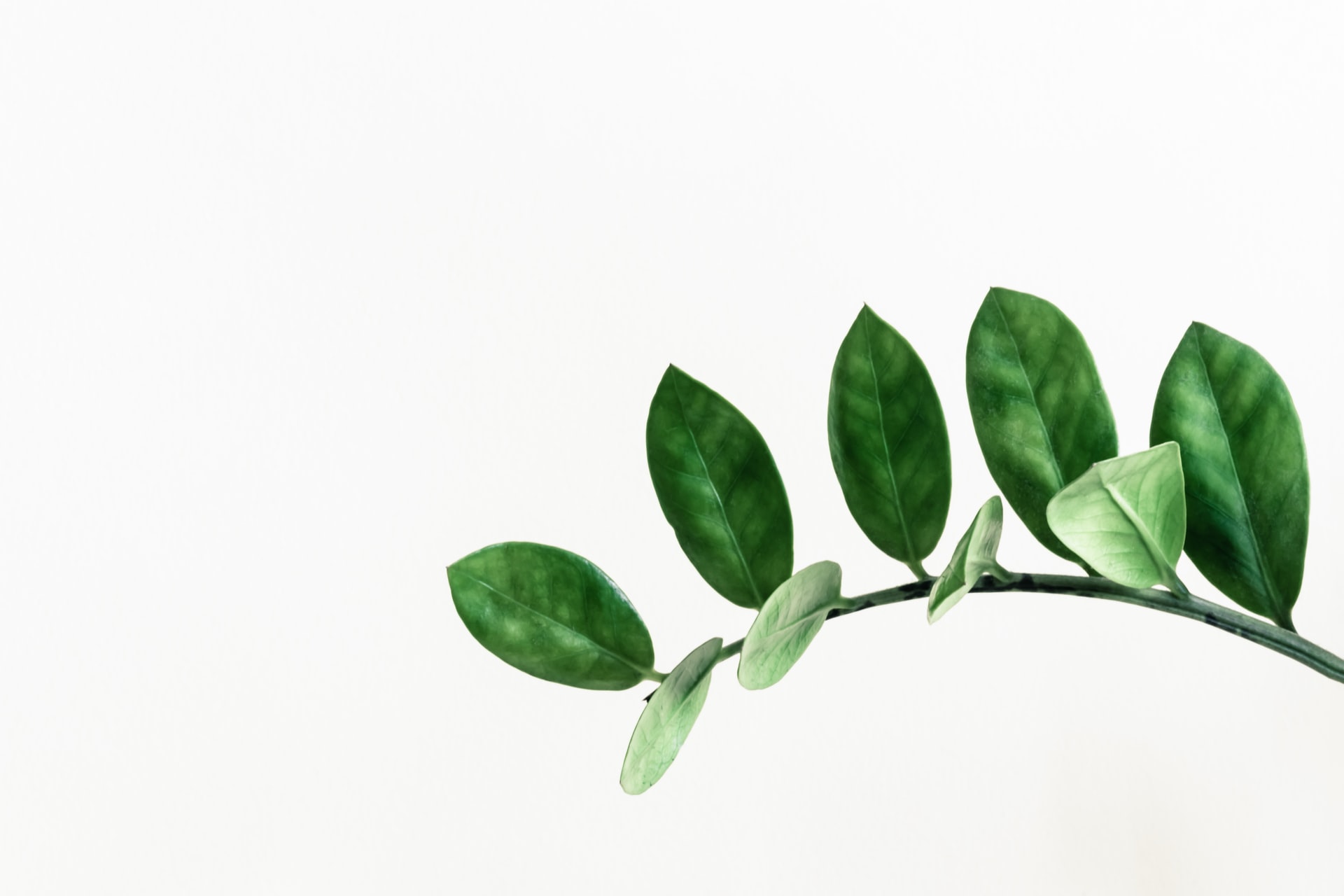Dahlias are they annuals, perennials, or delicate perennials?
You’re not alone if you’ve ever wondered if dahlias can be cultivated as perennials.
Most plants are straightforward to tell if they are perennials or annuals. They either return year after year or develop for one season and then perish. But dahlias are a little perplexing for a reason. So, let’s go a bit further and discuss whether dahlia plants are perennials or annuals.
Are Dahlias Annual or Perennials?
What is an Annual Plant?
Annuals live their whole lives in a single growing season. Within a few months, they move from seed to blossom to seed again, and all of their plant parts perish yearly. The only thing that connects one generation to the next is the dormant seed developed in the fall.
Because of their unstable surroundings, these plants adapted to have such a short life cycle. Because they never knew what conditions would be like, creating seeds to pass on DNA as rapidly as possible became their major priority. Seeds germinate when they have enough water and the right temperature, taking advantage of what may be a short window of opportunity.
What is a Perennial Plant?
Perennials, on the other hand, survive many growing seasons. In most regions, the plant’s vegetative component dies back to the ground each winter and regrows from the root system in the spring. If the conditions are favorable, these plants may blossom and generate seeds every year they live.
Perennials emerged from highly stable habitats, as opposed to annuals, which have adapted to variable growth circumstances. The challenge with stable environments is that they frequently host a large number of plants. These plants fight for space and resources with one another. Perennials, as a result, seek to survive as long as possible, generating seeds over many years.
The Answer to dahlias
Dahlias are native to regions of Guatemala and Mexico, — where temperatures stay warm year-round — so the answer depends on the region where you’re growing dahlias:
- In USDA hardiness zone 10, temperatures rarely fall below 20 degrees F. Here, dahlias are perennials. If you live in this climate region, you can leave your dahlia plants in the soil over the winter. They’ll come back again in late spring.
- In USDA hardiness zones 8 or 9, dahlias can grow as perennials with a bit of extra care. After the first frost, cut foliage back. Then protect the dahlia tubers with several inches of mulch over the root zone.
- In USDA hardiness zone 7, dahlia plants may survive the winter as long as you protect the dahlia tuber, the tuberous roots that lie beneath the soil. In these regions, the dahlia is considered a tender perennial. To be on the safe side, you may want to overwinter your dahlias by digging up the tuberous roots.
- For dahlia gardeners in USDA regions 6 and lower, dahlias are annuals. Here, you must dig up the tuberous roots after the late summer bloom and store them over the winter.
The Official Dahlia Classification
Dahlias are formally categorized as “tender perennials,” which in gardening terminology translates to “it’s difficult.” In simple words, this categorization indicates that their life cycle is influenced by the hardiness zone. Depending on the winter circumstances in the location and if they can survive till spring, they can be grown as annuals or perennials.

Can Dahlias be Left in the Ground During the Winter?
If you reside in USDA hardiness zone 10, you may leave dahlias in the ground during the winter. The temperatures here are warm enough all year to keep dahlias alive.
In USDA hardiness zones 7 through 9, leave your dahlias in the soil using protective measures during the winter. Cut leaves down to a few inches in height after the first frost. Then, cover the dahlia root zone with several inches of mulch. This protects the dahlia roots over the winter.
Dahlias are grown as annuals in colder hardiness zones. Dahlia tubers must be removed from the soil, stored over the winter, and replanted in late April.
Can Dahlias be grown as perennials?
Dahlias may be grown as perennials with extra care in warmer climatic zones, which is great news for dahlia gardeners.
Even if you live and garden in a chilly climate, you may preserve your dahlias’ tuberous roots during the winter. In this manner, you may enjoy beautiful blossoms in the late summer.
Dahlia Planting Season
Check on your dahlia tubers many times during the winter. If the tubers appear shriveled, softly spray them with water. If any dahlia tubers go soft or rot, remove the afflicted region.
Dahlia tubers should be planted in late April. Wait until the threat of frost has gone and the soil temperature has reached 55 to 60 degrees F.
Dahlias can be perennials, delicate perennials, or annuals depending on where you live. Dahlias may be grown in the garden year after year in colder areas with a little more care.
Solving the Dahlia Life Cycle Mysteries
Returning to the original topic, “Are dahlias permanent or annual plants?” They are both, according to the response. But they aren’t everywhere. Dahlias are perennials in warm regions. In milder temperatures, dahlias can be grown as annuals or perennials, but they must be sheltered from the winter or removed out of the ground.









